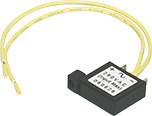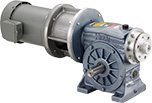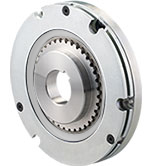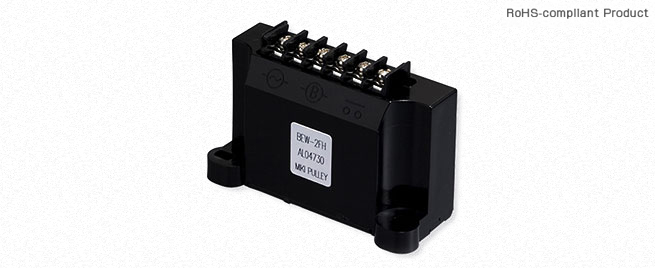![]()
Features of BEW(FH) Models
These are compact, high-capacity overexcitation power supplies that can be used in the full range of electromagnetic clutches and brakes of rated voltage 45 V DC/90 V DC/180 V DC.Using these as overexcitation power supplies provides benefits such as longer (roughly double) service lives for electromagnetic clutches and brakes and shorter (roughly halved) armature pull-in times. Using these as weak excitation power supplies provides benefits such as lower power consumption (roughly one-quarter), suppressed heat generation (roughly one-quarter) in the stator (electromagnetic coil), and shorter armature release times.
Related Product

Basic Specifications
- Brake torque 2 N・m to 22 N・m
- Outer diameter of brake 83 mm to 158 mm
- Operating temperature -10℃ to 40℃

Basic Specifications
- Input voltage AC_100 V, AC 200 V, AC 400 V
- Output voltage DC 45 V, DC 90 V, DC 180 V
- Operating temperature -10℃ to 60℃

Basic Specifications
- Clutch/brake torque 5 N・m to 40 N・m
- Operating temperature -10℃ to 40℃
- Backlash Zero

Basic Specifications
- Brake torque 5 N・m to 55 N・m
- Outer diameter of brake 83.5 mm to 185 mm
- Operating temperature -10℃ to 40℃
 日本語
日本語 English
English Deutsch
Deutsch 中文
中文 한국어
한국어











